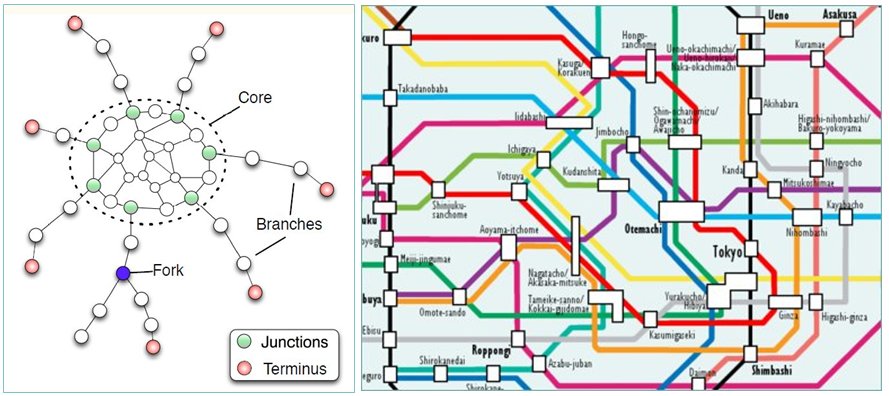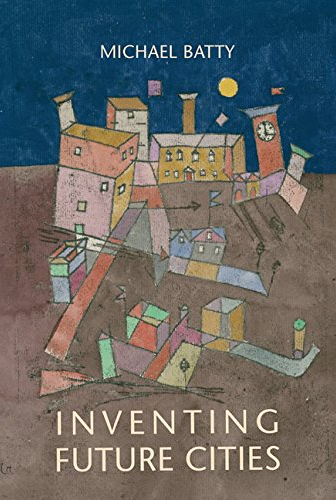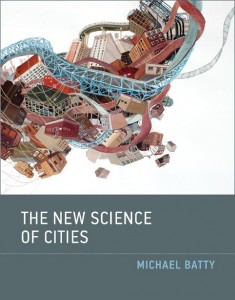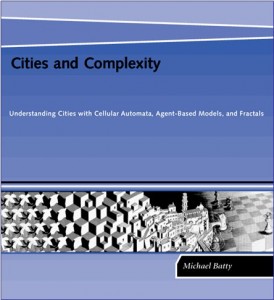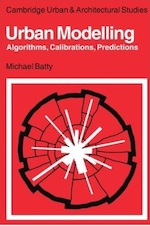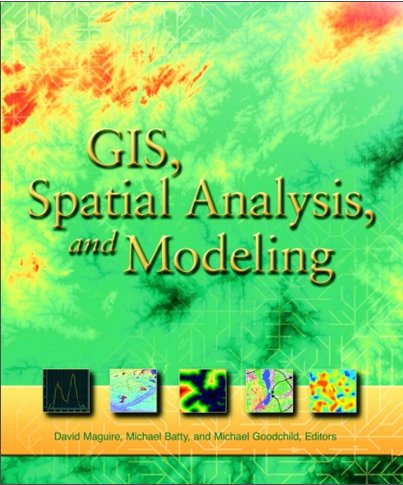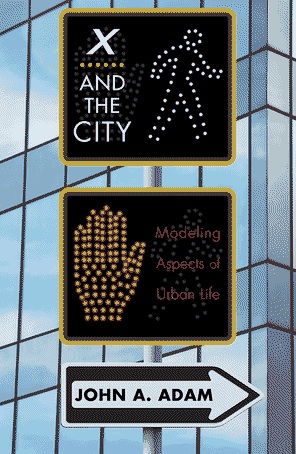 Years ago, in 1976 as many of my CASA compatriots know, I was involved in a series of TV programmes called “Modelling by Mathematics”. This was an Open University first level course to teach technology students some ideas about mathematics, and the producers focused one of the ten programmes I was involved in on retail models which are based on analogies with gravitation. This illustrated ideas about power laws and exponentials in a rather practical context. We have the movie – it’s a classic and when I get time soon I intend to compress it and make it available here. So watch this space and let me see how much of a challenge it is to compress a half hour TV programme into something watchable.
Years ago, in 1976 as many of my CASA compatriots know, I was involved in a series of TV programmes called “Modelling by Mathematics”. This was an Open University first level course to teach technology students some ideas about mathematics, and the producers focused one of the ten programmes I was involved in on retail models which are based on analogies with gravitation. This illustrated ideas about power laws and exponentials in a rather practical context. We have the movie – it’s a classic and when I get time soon I intend to compress it and make it available here. So watch this space and let me see how much of a challenge it is to compress a half hour TV programme into something watchable.
John Adam’s new book takes another look at how we might introduce mathematics using examples from cities. This is a lovely, gentle book based on different features of cities – how they look in various seasons, how we walk and move in them, how they and we grow, how they scale, how they pollute and so on and in each chapter, he introduces different mathematical techniques. There are a series of appendices that fill in the detail. I don’t intend to review it here but just reference the fact that it well worth a read. Have a look, click on the link, and for those in CASA, I will pop the book into the library when I have finished it.
You know, I knew this book was coming out from Princeton University Press but I had forgotten. This morning – the Queen’s Jubilee day – I am in Washington DC, and I decided to look at the downtown and historic core – visiting the place where Lincoln was shot – the Ford Theatre and other historic parts. I went into a Barnes and Noble and lo and behold spotted the book, bought it, and Walter Issacson’s biography of Benjamin Franklin which I had been intending to get since I read his Einstein and Steve Jobs bios. I also bought a jigsaw of the FlatIron Building – yes the same building as at the top of this blog. I finally got myself a 10 percent B and N discount card which had I got it 15 years ago would have saved me a fortune. And it made it all worthwhile for a Saturday in DC. Never ceases to amaze me how cheap America is compared with London. Often ask myself why I don’t I live there!! Oh I did once.
A note on the jigsaw. I didn’t know the artist Evangeline Taylor but once I’d seen her work I was hooked. Here is the image of her painting but she has some other lovely buildings besides. Another bonus from my trip. And now to do the jigsaw.

